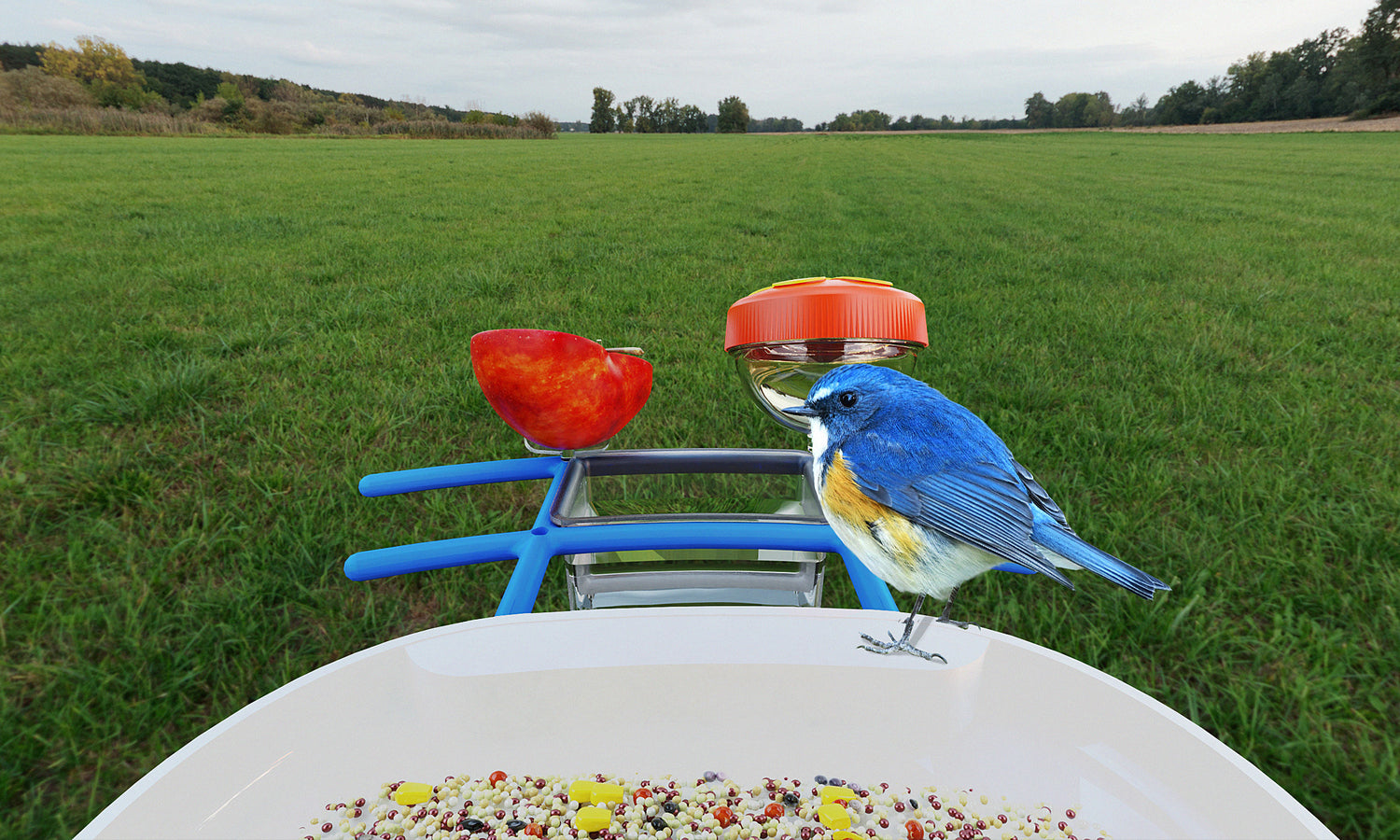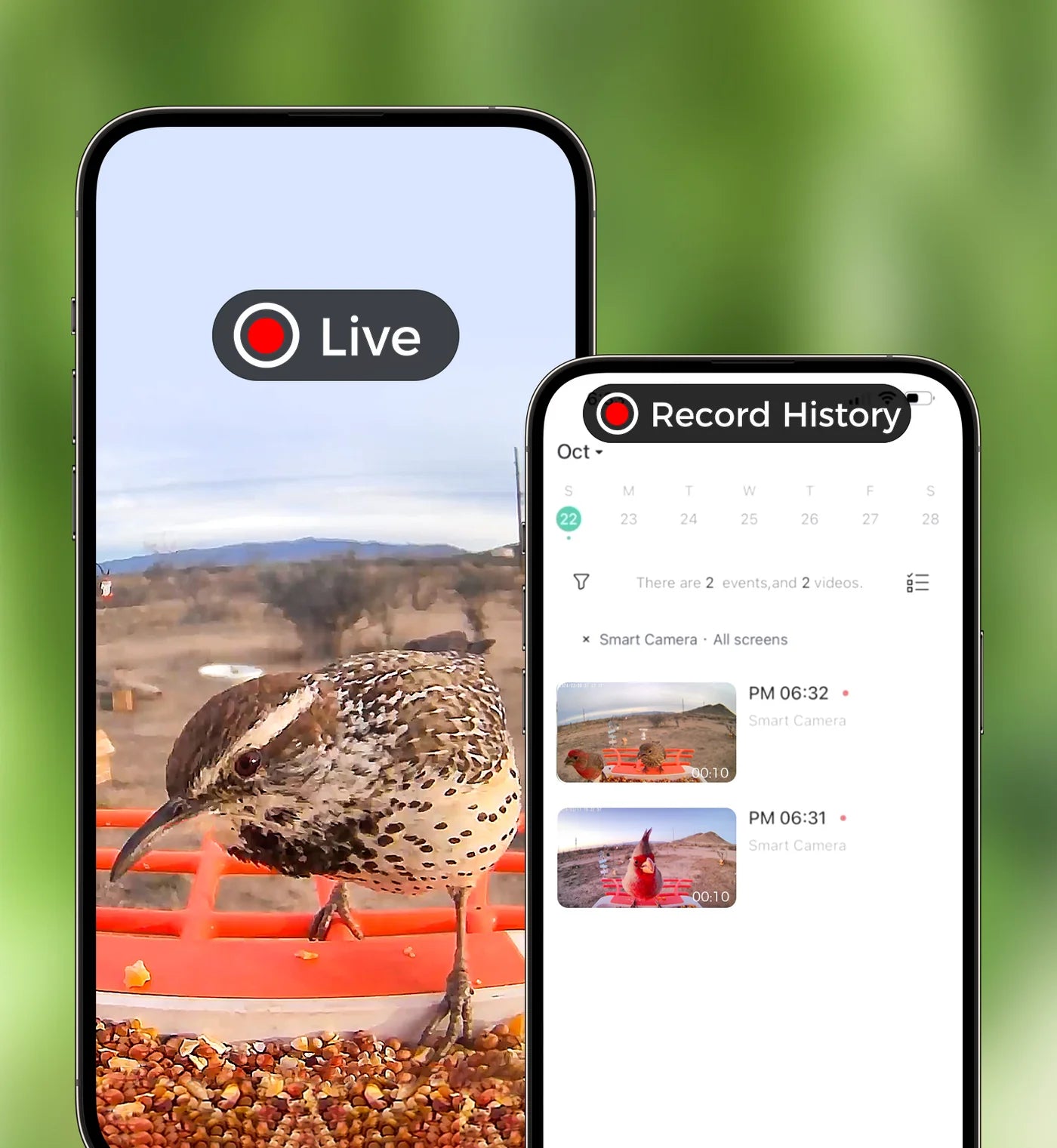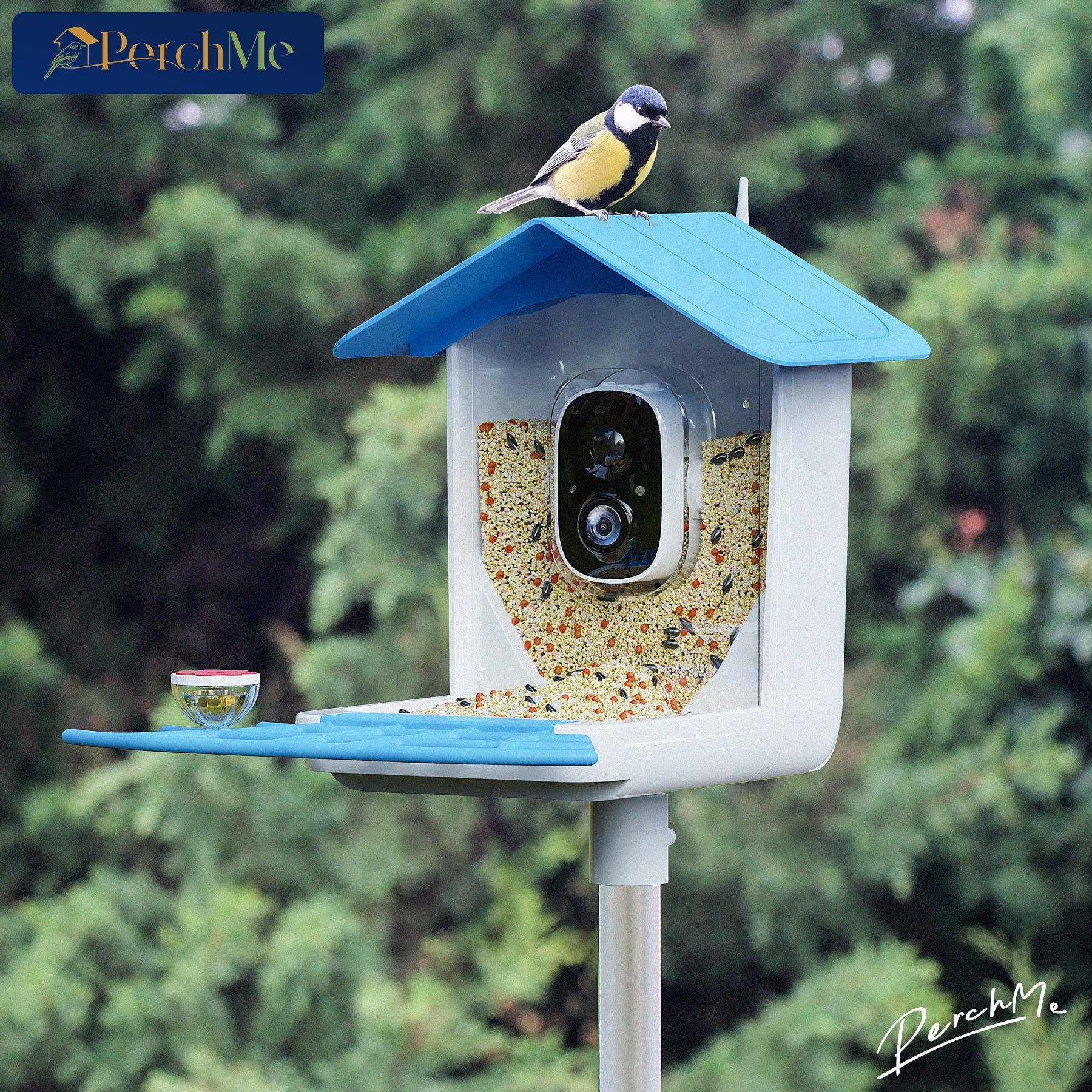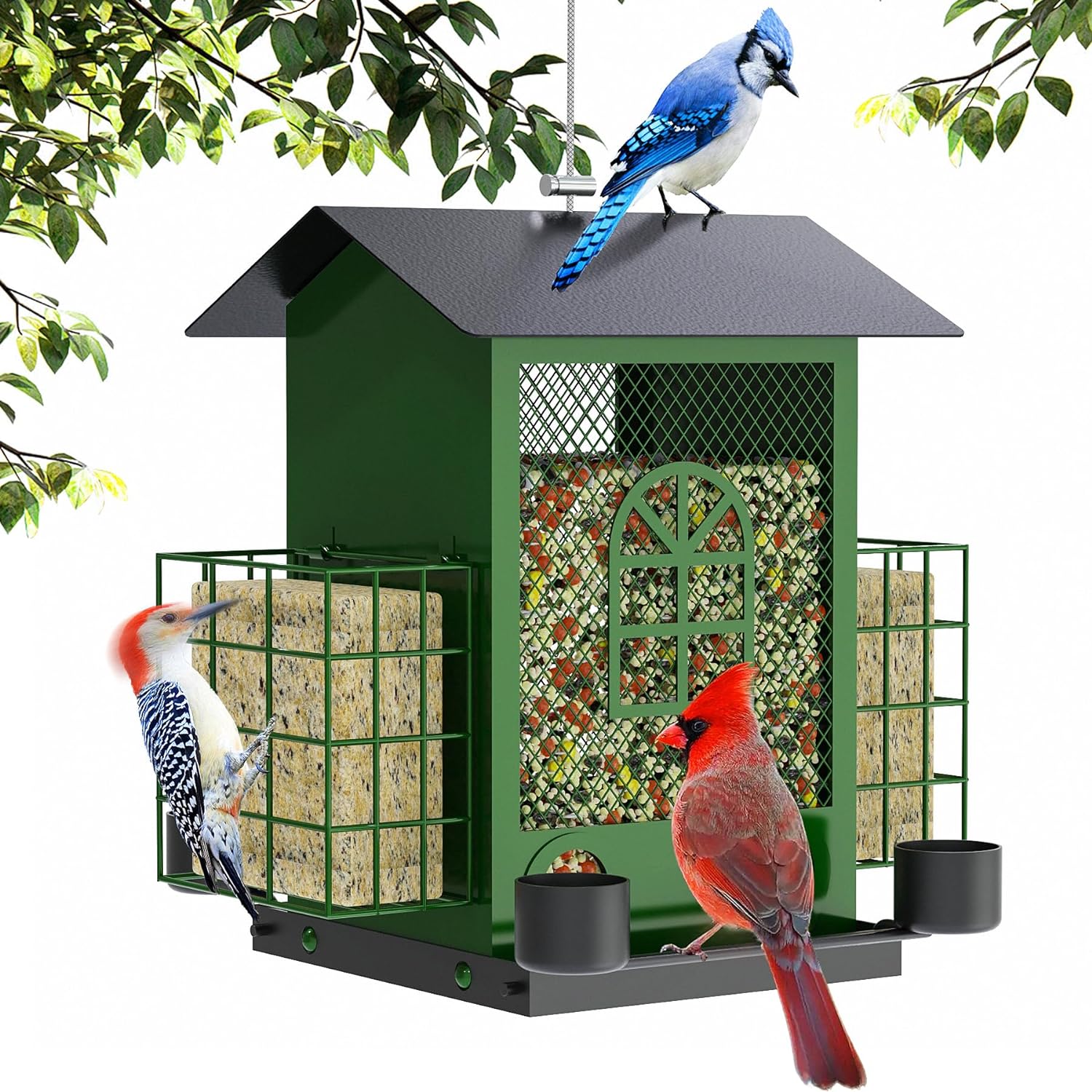Birds, with their fascinating life cycles and behaviors, are dynamic and responsive to the changing seasons. Each season brings new challenges and opportunities, influencing where birds are found, how they behave, and what they do. From the blossoming of life in spring to the harsh survival battles in winter, birds adapt remarkably to their environments. Let's explore the captivating world of birds throughout the year.
Spring: A Time of Renewal and Rebirth
Spring is perhaps the most exciting time for bird enthusiasts. As temperatures warm and days lengthen, migratory birds return from their wintering grounds. This season is marked by a flurry of activity. Birds are in their breeding plumage, making them especially vibrant and easier to spot. The air is filled with bird songs, as males often sing to attract mates and defend their territories.
Key Activities:
- Migration: Many species return from tropical climates to breed.
- Nesting: Birds build nests and lay eggs. Materials are gathered, and strategic locations are chosen to ensure safety from predators.
- Courtship Displays: Elaborate dances, songs, and aerial displays peak during spring, providing watchers with spectacular shows.
Species to Watch:
- Robins are among the first to return and are seen bustling on lawns looking for worms.
- Hummingbirds begin their northward journey, visiting feeders and blooming flowers.
- Warblers dazzle with their varied colors and songs as they pass through on their way to northern breeding grounds.
Summer: Raising the Next Generation
Summer is a busy time for birds as they focus on raising their young. Food is abundant, and daylight hours are long, giving parents ample opportunity to feed their demanding offspring. This is an excellent time to observe juvenile birds learning to fly and forage.
Key Activities:
- Feeding: Insect populations are high, and fruits and seeds are abundant, providing a rich source of nourishment.
- Fledging: Young birds make their first attempts at flight. This crucial period is risky, but essential for survival.
- Learning and Adapting: Juvenile birds learn essential survival skills from their parents during these months.
Species to Watch:
- Swallows and swifts can be seen darting through the sky catching insects.
- Eagles and hawks teach hunting skills to their fledglings.
- Owls at dusk are more active providing for their young.
Autumn: Preparation for Departure
As days shorten and temperatures drop, birds prepare for the coming winter. For many, this means migrating to warmer climates. Autumn is a season of change, and bird behaviors shift accordingly. Flocks become more common as birds gather to migrate.
Key Activities:
- Migrating: Birds travel to wintering grounds, some covering thousands of miles.
- Feeding Frenzies: Many species build up fat reserves by consuming large amounts of food, a process known as hyperphagia.
- Gathering: Non-migratory birds begin forming flocks to enhance survival during the colder months.
Species to Watch:
- Geese form V-shaped formations flying south.
- Songbirds like thrushes and kinglets can be seen in woods and gardens.
- Raptors, including hawks and falcons, are visible riding thermals during migration.
Winter: Survival Against the Elements
Winter challenges birds with cold temperatures and scarce food supplies. Birds employ various strategies to survive, from migrating to warmer areas to changing their diets.
Key Activities:
- Foraging: Birds switch to whatever food sources are available, often visiting feeders for seeds and suet.
- Sheltering: Finding shelter from the cold becomes crucial. Dense foliage and cavities in trees provide refuge from harsh weather.
- Social Behavior: Some species, like chickadees and finches, form tight-knit groups to forage and ward off predators.
Species to Watch:
- Woodpeckers are active, tapping into tree bark to find dormant insects.
- Snow buntings and other winter finches appear, often seen in snowy fields.
- Owls become more visible, especially during mating season in late winter.
Throughout the year, birds adapt to the ever-changing environment, showcasing the resilience and diversity of avian life. Whether you're a seasoned birder or a casual observer, each season offers unique opportunities to witness these remarkable behaviors firsthand.










Leave a comment
All comments are moderated before being published.
This site is protected by reCAPTCHA and the Google Privacy Policy and Terms of Service apply.